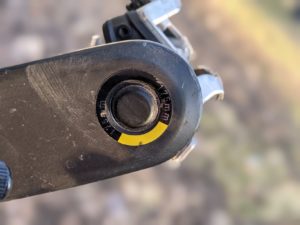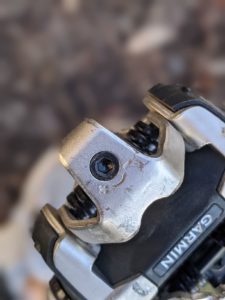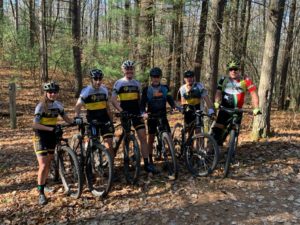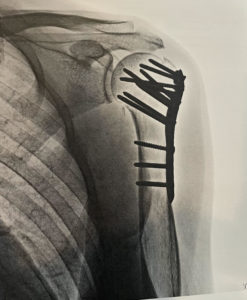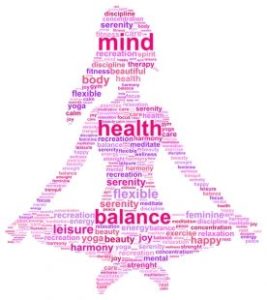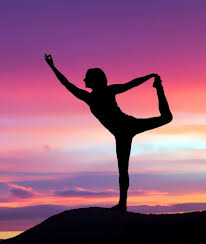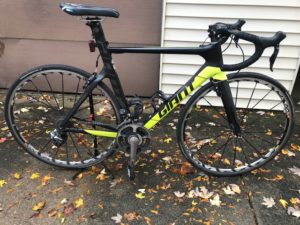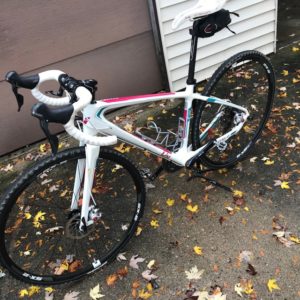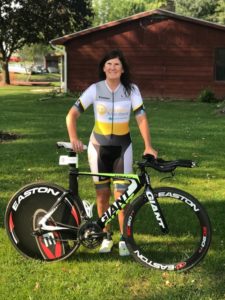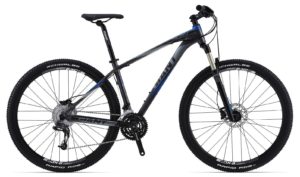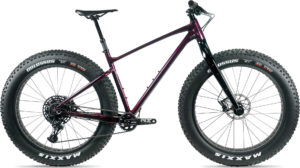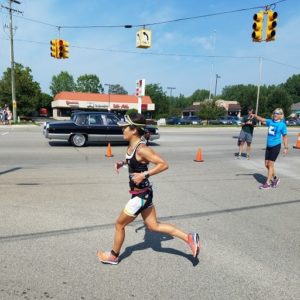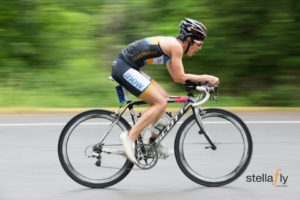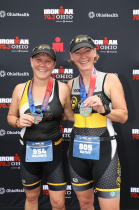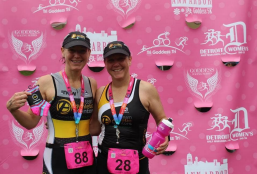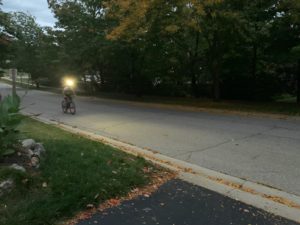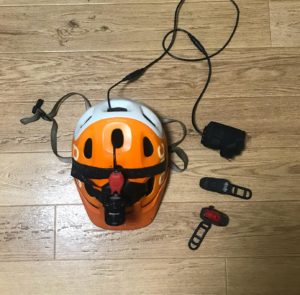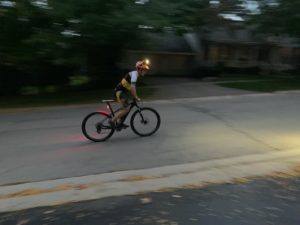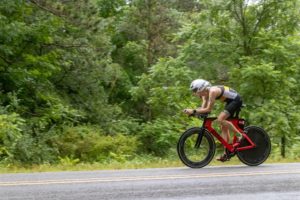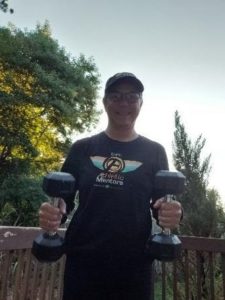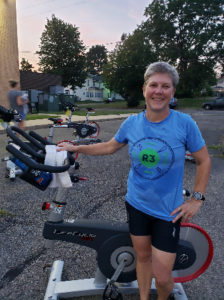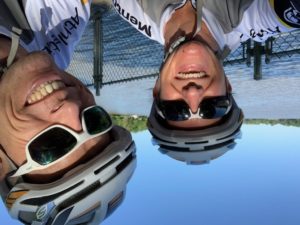By: Collin Snyder
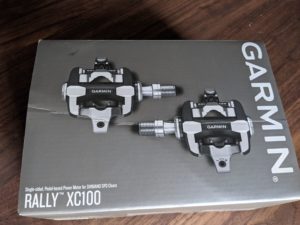 These days, there are countless products out there to measure power. Each type has their own pluses and minuses. Pedal based powermeters have become more and more common over the past five years, although has been mainly targeted towards road bikes. This year, the German company SRM and Garmin have brought this technology to mountain bikes, both using a Shimano SPD style XC pedal. The big benefit of a pedal based system vs a crank based system is it is very easy to swap from bike to bike. With two mountain bikes, a fat bike, and several cyclocross bikes, this benefit is very enticing for me. Earlier this week, I was able to purchase a single sided version of the Garmin XC mountain pedals known as the Rally XC100.
These days, there are countless products out there to measure power. Each type has their own pluses and minuses. Pedal based powermeters have become more and more common over the past five years, although has been mainly targeted towards road bikes. This year, the German company SRM and Garmin have brought this technology to mountain bikes, both using a Shimano SPD style XC pedal. The big benefit of a pedal based system vs a crank based system is it is very easy to swap from bike to bike. With two mountain bikes, a fat bike, and several cyclocross bikes, this benefit is very enticing for me. Earlier this week, I was able to purchase a single sided version of the Garmin XC mountain pedals known as the Rally XC100.
Here is my initial review
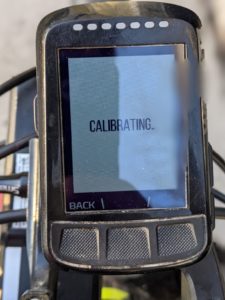 First, pairing was without issue using a Wahoo head unit. It quickly found the ANT signal, and once it was detected, I was able to change the crank length which defaults to 172.5mm. If your cranks are any other length, this must be changed for accurate power numbers. The instructions right out of the box are a little thin as they are mainly just pictorial based. It didn’t give great instructions on how to calibrate. Stages requires the crank to be at 6 o’clock, other powermeters just need the cranks to be still, and older powertaps had to have the cranks spin backwards during the calibration. Googling calibrating the older Garmin Vectors came up saying just calibrate when nothing is touching it. Hitting calibrate the first time, it just kept giving the “calibrating” message for about 30 seconds followed by calibration failed. I hit retry and it calibrated almost instantly, said torque offset 0.0.
First, pairing was without issue using a Wahoo head unit. It quickly found the ANT signal, and once it was detected, I was able to change the crank length which defaults to 172.5mm. If your cranks are any other length, this must be changed for accurate power numbers. The instructions right out of the box are a little thin as they are mainly just pictorial based. It didn’t give great instructions on how to calibrate. Stages requires the crank to be at 6 o’clock, other powermeters just need the cranks to be still, and older powertaps had to have the cranks spin backwards during the calibration. Googling calibrating the older Garmin Vectors came up saying just calibrate when nothing is touching it. Hitting calibrate the first time, it just kept giving the “calibrating” message for about 30 seconds followed by calibration failed. I hit retry and it calibrated almost instantly, said torque offset 0.0.
Right out the driveway/down my dirt road, the numbers seemed inflated quite a bit. The numbers were right around my threshold power which normally I can’t hold until I warm up for a little bit. Fast forward a few minutes and I got stuck at a light. When the light turned green, I did a hard acceleration which was easier than an all-out sprint, my power was in excess of 1000 watts…which unless every other powermeter I’ve owned has been lying to me, wasn’t right.
However, after about 5-10 minutes, the numbers seemed to settle down and were much more believable. The rest of the ride was uneventful. I rode about a 50/50 mix of road and trail. Anyone expecting useful info on a twisty single-track, will be disappointed. Like the mtb powertap and older stages I’ve owned in the past, numbers on the trail are either 500-700 watts or zero. When you get done and look at your average power for a really hard lap, you will surely be underwhelmed. Your average power will probably be only 60-75% of what you could hold on the road for the equivalent time. Power on the mountain bike is really for all that time spent riding to and from the trail unless you are somewhere that has long sustained climbs or long open stretches.
After the ride, one notable oddity was the max power for the ride was severely inflated. It said my max power was around 1300 watts, about 300-400 higher than I will see in an all-out sprint. Comparing my power/time graph, the 1-2 second power was the only thing that was out of whack compared to historical data.
 Ride two was a little more mundane. I recalibrated before the ride. Again, it failed calibration the first time, but when I clicked retry, it gave a successful message. Out the door, power numbers appeared normal/believable. I rode the 4-5 miles to the trail head, did a hot lap of my local trail, and rode home. Once again, my max power was super high at 1500ish watts. I suspect that a single rouge spike is causing the issue. Your 1 second power is a worthless figure, so I am not concerned over these spikes. If the main numbers stay inline, then I am not worried.
Ride two was a little more mundane. I recalibrated before the ride. Again, it failed calibration the first time, but when I clicked retry, it gave a successful message. Out the door, power numbers appeared normal/believable. I rode the 4-5 miles to the trail head, did a hot lap of my local trail, and rode home. Once again, my max power was super high at 1500ish watts. I suspect that a single rouge spike is causing the issue. Your 1 second power is a worthless figure, so I am not concerned over these spikes. If the main numbers stay inline, then I am not worried.
The Garmin Rally XC100 are available now from your local bike shop for an MSRP of $699. For dual sided power, the XC200 are available for $1200.
Special thanks to Sweetbikes in Canton Michigan. In these times, support your Local bike shop.
The post Garmin MTB Power Pedals – Rally XC100 appeared first on Team Athletic Mentors.




 Our Hockey Site
Our Hockey Site Team AM
Team AM


